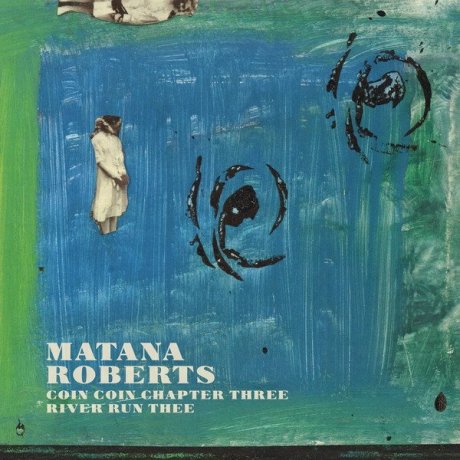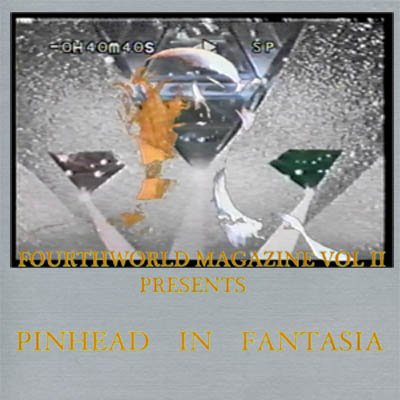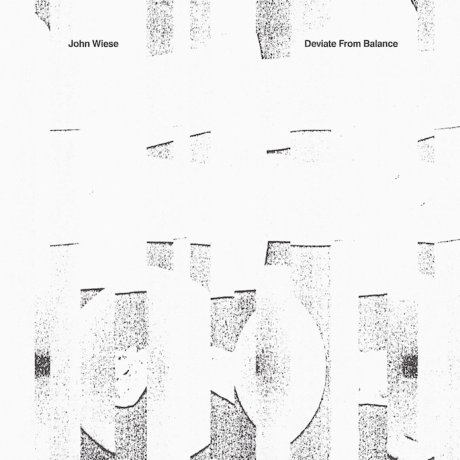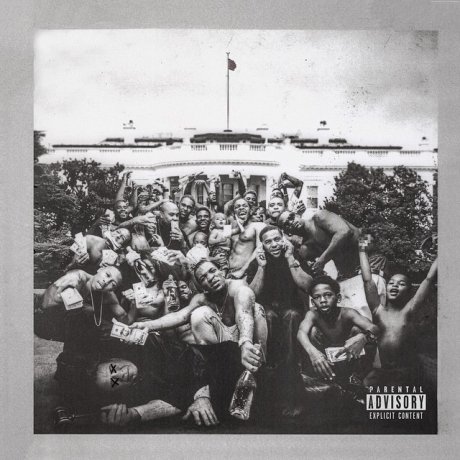For each year's first three quarters, we celebrate by sharing a list of our favorite music releases. Unlike our year-end lists, these quarter features are casually compiled, with an aim to spotlight the underdogs and the lesser-heard among the more popular picks. More from this series
Whether from an established channel (PC Music, Constellation, 1080p), a serendipitous hyperlink (Javier Estrada, Lolina, OG Maco), or through sheer market forces (Kendrick Lamar, Björk), our favorites from the first quarter of 2015 sketched out remarkably diverse aesthetics and bold conceptual modes. Some were political, some were inscrutable, and others were just easyFun, but when taken together, these releases not only perfectly embodied the sensory overload expected of our data stream, but also provided illusory structure for an otherwise dizzying tumult of sound. It felt right, then, that the 21 releases below ranged from a tampered batch of suite cake pop (GFOTY) and #latergram braggadocio (Drake) to anti-social hypnagogia (Fourth World Magazine) and self-mythologizing R&B (Dawn Richard): any semblance of order was as far-reaching as the sounds.
Before we get to the list proper, here are other favorites that didn’t make the cut: Bekele´ Berhanu’s Untitled, Arca’s Sheep, Katie Got Bandz’s Coolin’ in Chiraq, John T. Gast’s Excerpts, Oren Ambarchi’s Live Knots, Tara Sinn + Blues Control’s My Afterlife Is So Boring II, DJ Nigga Fox’s Noite E Dia, Eartheater’s Metalepsis, Jack Name’s Weird Moons, /f’s Micromental, Joanne Robertson’s Black Moon Days, Nicolas Jaar’s Pomegranates, DJWWWW + N. BRENNAN’s PSX-MEMORY-CARD: ENCOM LTD., Chief Keef’s Nobody, Jib Kidder’s Teaspoon To The Ocean, Natasha Barrett’s Peat+Polymer, Lawrence English’s Viento, Sam Prekop’s The Republic, Nidia Minaj’s Danger, Mark Templeton + Kyle Armstrong’s Extensions, Logos & Mumdance’s Proto, Foodman’s Couldwork, and Bryan Eubanks’s from the cistern.
Matana Roberts
COIN COIN Chapter 3: river run thee
[Constellation]

Matana Roberts needs voices: deep, bellowing, screaming, operatic voices — her own voice, her grandmother’s voice, voices for the people there will never be pictures of — because she wants to communicate an oral history. An oral history, of both fact and simultaneous experience, to process the immensity of racism, of slavery, of marginalization, of her ancestry, and to evoke the true range of emotions these things represent. Chapter 3 is easily the most arresting of her already hyper-diverse COIN COIN project, a dense and endless cycle of hallucinatory noise, saxophones, synths, field recordings, and Matana’s own voice overdubbed in real time like group glossolalia, given to wandering harmonies and random bursts of harshness, everywhere at once, so evocative of the human experience, fluid and plural, tense and afraid, but in control, like a mind recalling a painful memory. COIN COIN chapters 1 and 2 were both recorded live, and they were spirited, subversive works of art. But Chapter 3 behaves and feels truly alive, a living history on record breathing via loop pedal.
easyFun
Deep Trouble
[PC Music]

What is there left for us to say about PC Music? Probably nothing, but admittedly, easyFun’s Deep Trouble EP is something else. It’s the first time that PC Music has been thinkable as more than an idiosyncratic moment in information-age digital culture, as something larger and more sustainable. “Laplander” and “Fanta” feature lyricism with actual, unfeigned emotion, in fresh departure from the collective’s apparent paradigm of simulation. easyFun’s EDM is principled and, especially in the case of closer “Full Circle,” situated squarely on the dancefloor. As much as PC Music might feel like an answered question, a dotted “i,” forthcoming Hannah Diamond and GFOTY full-lengths as well as recent live permutations (QT is a real person?) are giving critics new points of interest where, admittedly, interest has seemed somewhat unsustainable as of late. No matter how bizarre and interesting things get for PC Music in 2015, we shouldn’t forget Deep Trouble, one of the most conceptually restrained yet successfully executed gestures to come from that corner of the web.
Fourth World Magazine
Vol. II: Pinhead in Fantasia
[Pacificity Soundvisions]

This anti-social hypnagogic triple threat, promising ART AND TEXT TO BLOW YOUR MIND, brought together Monopoly Child Spencer Clark, Telstar Pony David Keenan, and waste shaman A.R. Faust in order to redraw the outlines of Jon Hassell’s liminal sketches of a visionary, technologically-mediated world music. Where Hassell once sought to deconstruct the sensual/intellectual dichotomy he thought constitutive of the Western classical tradition, Fourth World Magazine confronts a social space where the difference between the actual and the virtual is increasingly confused. Clark’s ethereal sound sculptures — alternately prickly and smooth, ludic and liturgical — unleash the phenomenological intensities trapped within the virtual. If Hassell strove toward a “music for above and below the waist, simultaneously,” Pinhead In Fantasia reasserted the cold sweat physicality of high-concept performance.
John Wiese
Deviate From Balance
[Gilgongo]

Consider a clumsy and unlikely comparison: noise/musique concrète/tape auteur John Wiese and Chicago drill captain Lil Herb. Without contradicting or invalidating Will Neibergall’s excellent down-and-dirty comparative analysis of Deviate From Balance, what makes John Wiese’s soundscapes so enthralling from a purely visceral standpoint is exactly how he beckons you into his space, how he “[seeks] out the boundaries of materialism proper.” Much like Lil Herb did on 2014’s Welcome to Fazoland, Wiese grabs your inner ear skin by gunpoint, aggressively yet seductively fostering a physical connection between your headspace and his concrete environment. As much as Deviate From Balance is objectively/textually a reinterpretation of older works and an exploration of familiar places from different angles, what is perhaps most impressive and affective about his latest is that its “incidental veering off-course” knows no boundaries, and its appreciation (though certainly amplified by its roots in specific noise scenes) warrants thinking outside of its own tape deck. It is, as Neibergall asserted, “a portrait of a figure always already escaping from view,” but it is also a “moving” picture, as much “metacritical” as it is metamorphic in how it transcends its own particularities.
Kendrick Lamar
To Pimp a Butterfly
[Interscope/Aftermath/Top Dawg]

I know, right? As if a butterfly actually needed any deliberate “pimping.” It’s already the most amazingly ballin’-looking animal on the face of this hideous planet, for god’s sake! But hey, maybe that’s the idea? After the notoriety he steadily built with Section 80 and good kid, m.A.A.d city, Lamar hardly seems to need any help selling himself on To Pimp a Butterfly as one of the most adventurous yet comfy-in-his-own-aesthetic-skin artists working today. And it’s precisely this ease and nonchalance that allows each of the 16 genre-juggling, socially-engaged, and lyrically-challenging tracks presented therein to come of with such beauty and grace. But wait a minute, maybe I’m interpreting that title all wrong? Maybe “pimping” the butterfly is more a question of commodifying the thing’s innate beauty and exploiting it for money after the fact? Maybe our listless approval of “pretty things” is slowly and inexorably decaying the very meaning of their prettiness? Then again, when I think of it that way, it only makes the whole dubious mess even more essentially beautiful — not to mention that much more exciting.
For each year's first three quarters, we celebrate by sharing a list of our favorite music releases. Unlike our year-end lists, these quarter features are casually compiled, with an aim to spotlight the underdogs and the lesser-heard among the more popular picks. More from this series

